Learning by Growing: The Indoor Garden as an Educational Tool at Home
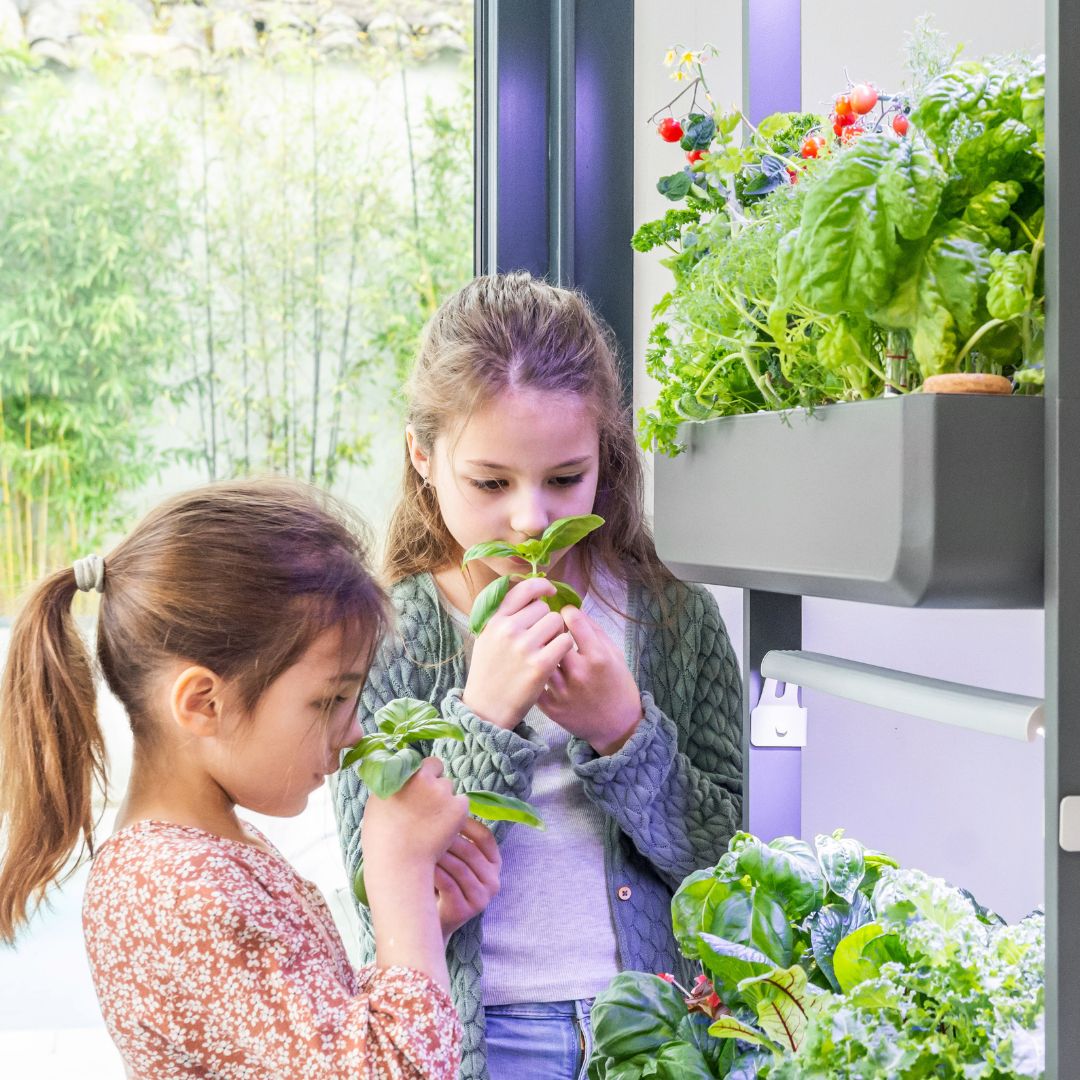
A Back-to-School Season Full of Curiosity
The start of the school year is the perfect moment to create new routines and introduce children to fresh, meaningful experiences.
By touching, observing, and experimenting, kids learn in an intuitive and active way.
The indoor garden becomes a living, engaging, and accessible learning tool. Growing a plant means discovering the world at their own pace, one day at a time.
A Mini Lab for Young Scientists
With an indoor garden, children aren’t just watching — they’re taking part. They observe the stages of germination, understand that plants need water, light, and nutrients to grow, and even discover the basics of photosynthesis — no backyard required. It's a great introduction to ecosystems, life cycles, and the role humans play in nature. Concepts that often feel abstract become tangible, visible, and meaningful.
A Fun and Empowering Activity
Giving a child the responsibility of caring for a plant is a simple but powerful act. They refill the water tank, check how the plant is growing, and patiently wait for the harvest. Along the way, they learn patience, observation, and how to care for living things. It’s a great alternative to screen time — and a gentle way to develop independence. And the best part? The pride of saying, “I grew it myself!”
The Perfect Plants for Kids
At Véritable, some Lingots are especially suited for curious young gardeners:
Mini chili peppers – colorful, surprising, and perfect for understanding how fruits form after flowering
Mini tomatoes – fun to grow, highly visual, and ideal for observing each stage from flower to fruit
Wild strawberries – a sweet and sensory variety that encourages patience and wonder
Mini bell peppers – a generous plant with flowers that require manual pollination to produce fruit
These plants aren’t just fun — they’re educational. Watching a flower become a fruit, learning the role of pollination (and even playing “the bee” with a small brush), tasting what they’ve grown… these experiences make learning concrete, joyful, and memorable.
Fun Learning Activities to Try as a Family
To go even further, here are some simple ideas to try at home:
Start a growing journal – draw, measure, and record the plant’s progress each day
Create a plant ID card – name, origin, needs, and special features
Cook together using the harvest – combining science and the joy of food
Look at roots or leaves under a magnifying glass, and learn new vocabulary
These small activities build bonds, spark curiosity, and bring meaning to the act of growing.
A Gateway to the Living World
You don’t need a garden — or a full-scale educational plan — to awaken a child’s sense of wonder. An indoor garden is enough to help them slow down, observe, connect… and grow much more than just plants.
Share this content

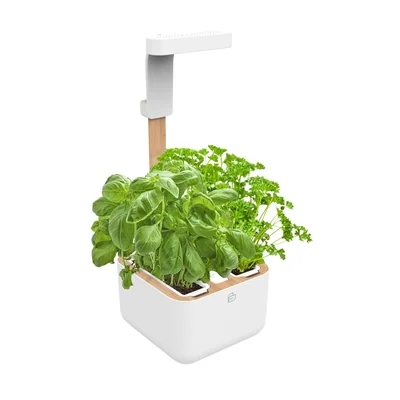
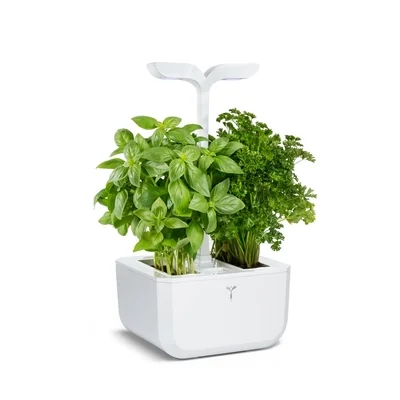
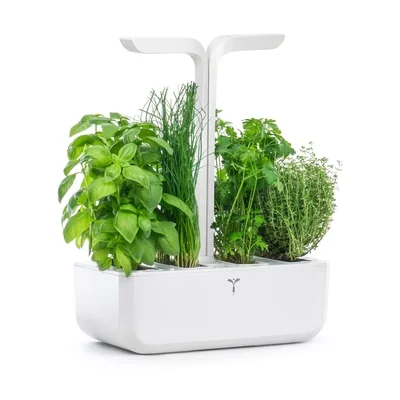
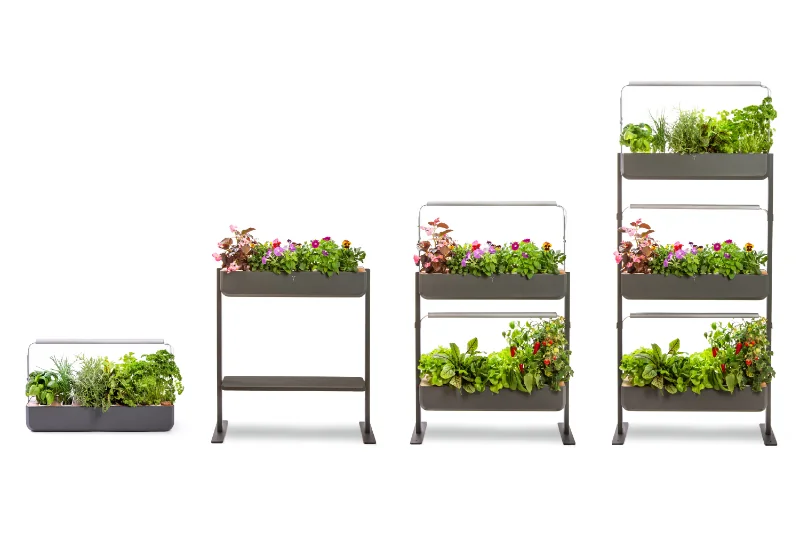
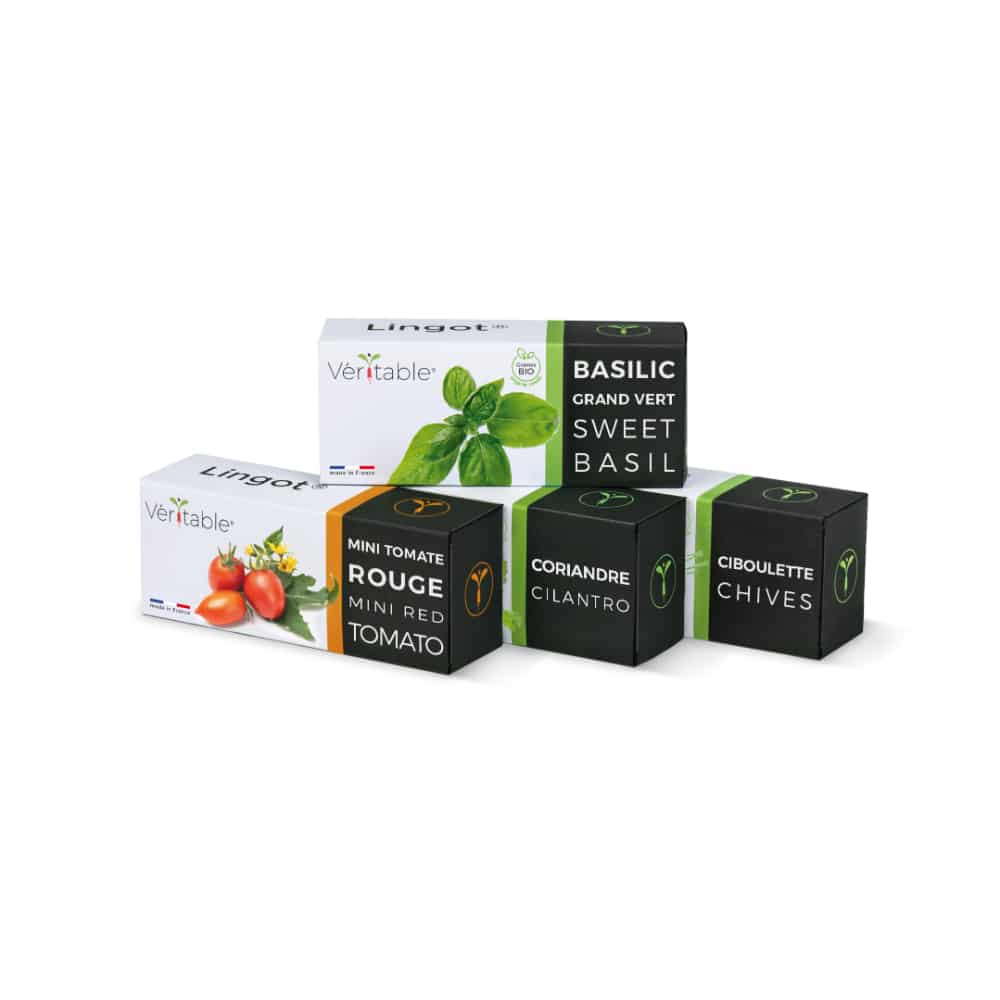
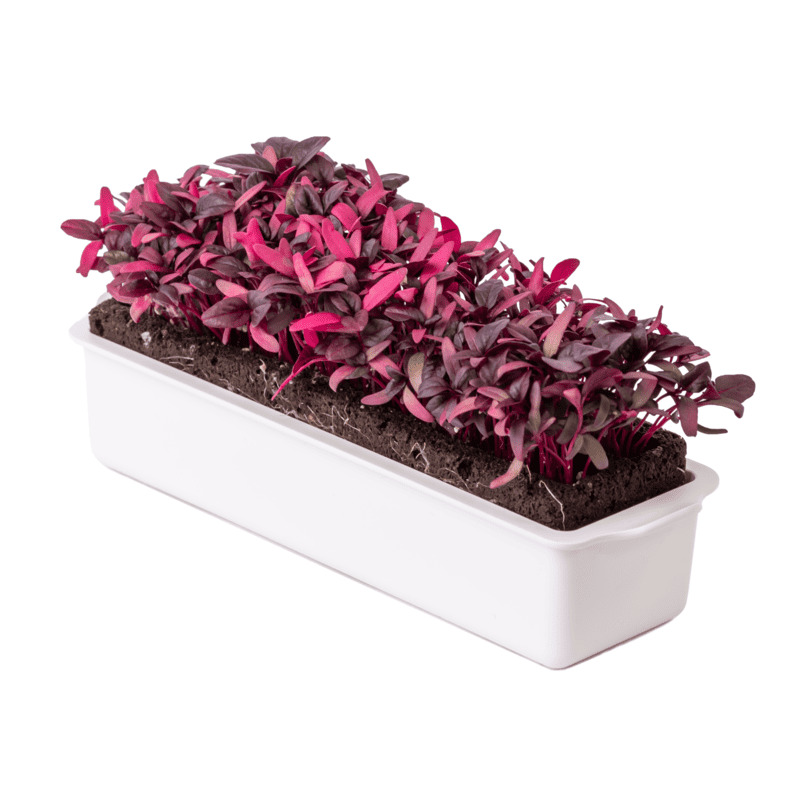
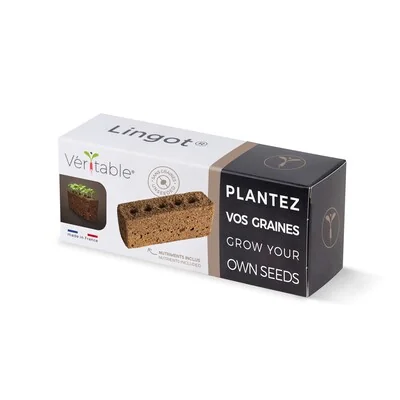
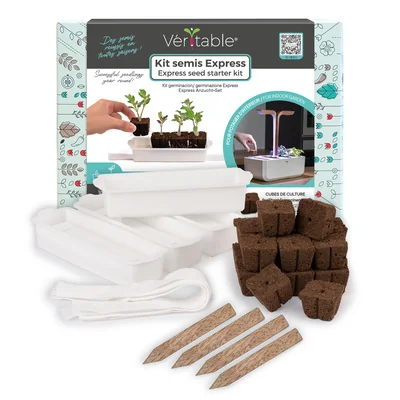

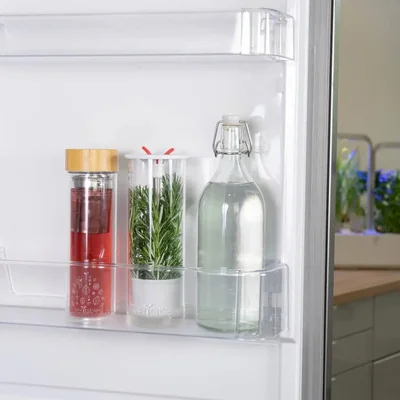
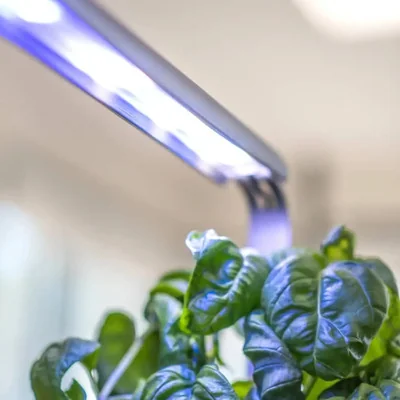
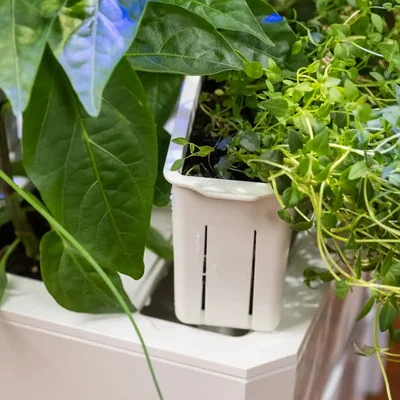
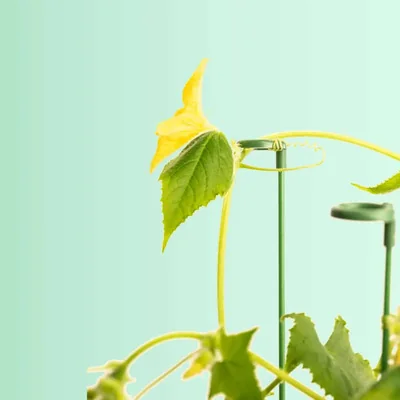
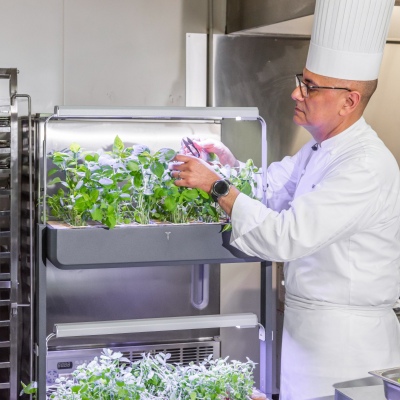
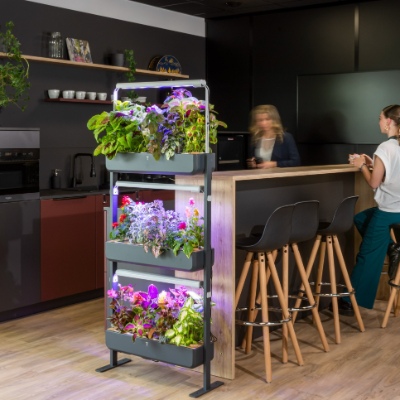
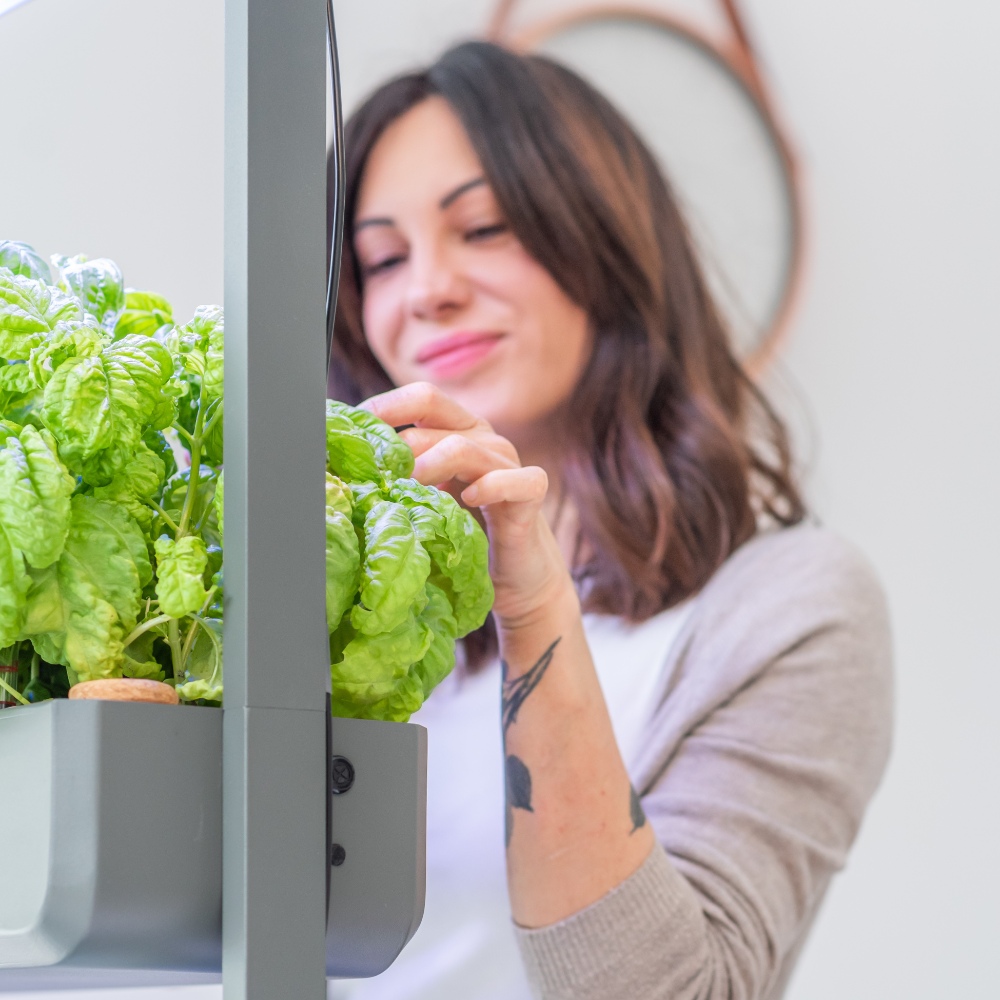
 Aromatic herbs
Aromatic herbs  Recipes
Recipes  Salads
Salads  Main dishes
Main dishes  Starters
Starters  Desserts
Desserts  Beverages
Beverages  Festive meals
Festive meals  News and events
News and events  Tips
Tips 








